Why You Should Be Using A Natural Sunscreen
Plus, the reef-safe products that deserve a spot in your beauty cabinet.
The importance of sunscreen needs no air time. It’s suspected that 80 per cent of skin ageing is caused by sun exposure to UV rays, with many beauty experts saying that SPF is the most important part of anyone’s beauty routine. But as we slip, slop and slap it’s important to think of our natural surrounds. Did you know studies have shown between 6,000-14,000 tonnes of sunscreen washes off swimmers into our oceans each year. The consequence? 10 per cent of reefs are threatened by the chemicals found in chemical sunscreens. In Australia alone, two in every five sunscreen brands contain these toxic chemicals. Here’s what you need to know about the importance of natural sunscreens.
What Is The Difference Between A Natural And Chemical SPF?
To put it simply, chemical sunscreens are absorbed into the bloodstream to offer protection, whereas natural sunscreens form a physical barrier.
Sunscreen works in one of two ways; either scattering or absorbing UV rays (ultraviolet radiation). Ingredients like zinc oxide which are commonly found in natural sunscreens scatter the rays, not allowing them into the skin. Whereas most chemical sunscreens contain “penetration enhancers” or absorbers; these help the product break through the skin’s barrier and into your bloodstream. UV absorbers include Oxybenzone, Octocrylene, 4-Methylbenzylidene and Dibenzoylmethane.
How To Properly Apply A Natural Sunscreen
It is really important to note that because natural sunscreens form a physical barrier, you will need to reapply them more frequently—and more so if you have been swimming or sweating. The guide? Reapply approximately every two hours. For example, if you’ve just come out of the pool or ocean and you wipe down your body or face you’ll need to reapply as the barrier is broken.
Cancer Council recommends applying sunscreen at least 20 minutes before heading outdoors. And how much? “For an adult, the recommended application is 5mL (approximately one teaspoon) for each arm, leg, body front, body back and face (including neck and ears),” according to the Cancer Council. This equates to seven teaspoons for head to toe application. When in doubt, lather on some more.
Ingredients To Avoid In Sunscreens
Did you know that Hawaii banned the sale of sunscreens that contained oxybenzone and octinoxate back in 2018? The most common known coral damaging ingredients, AKA the ones to avoid, are:
- Oxybenzone (Benzophenone-3, BP-3)
- Butylparaben
- Octinoxate (Ethylhexyl methoxycinnamate)
- 4-methylbenzylidene camphor (4 MBC)
It is also important to make sure that you choose a sunscreen that is listed on the Australian Government Therapeutic Goods Association (TGA) website. These have been tested to ensure that they are safe and effective.
Our Favourite Natural Sunscreens
SunButter SPF50 Water Resistant Sunscreen
Designed and created by two marine biologists, SunButter’s unique formula includes broad spectrum UVA and UVB mineral blocker zinc oxide, it also contains coconut oil to help nourish your skin rather than dry it out. Founders Sacha Guggenheimer and Tom Hiney have a “vision of healthy people and a healthy planet.” Their water resistant sunscreen is packaged in recyclable tins and they donate 100 per cent of profits to conservation projects. Their range also includes surf zinc and a tinted sunscreen.
Buy now: Sunbutter SPF50 Water Resistant Sunscreen, $29.95 from Banish
Emma Lewisham Skin Shield SPF30+
Emma Lewisham set out to create a natural sunscreen out of personal need, “I wanted something natural but that still gave the luxurious feel you get from traditional luxury brands—that smooth, light feeling you get from ingredients like silicones and chemical screens.” The result? Skin Shield SPF 30+. Plus, it’s good for the environment too. “By choosing to buy a Skin Shield refill pod instead of a new jar, our customers reduce their carbon footprint by 64 per cent, which is the equivalent of approximately 0.53 litres of Arctic sea ice loss that would be prevented through reduced carbon emissions.”
Buy now: Emma Lewisham Skin Shield SPF30+, $83 from Emma Lewisham
Ultra Violette Queen Screen SPF 50+ Luminising Sun Serum
When a serum meets sunscreen you know you’ve hit next level beauty. Ultra Violette’s best seller is a dream to apply, milky and reef safe, plus the subtle rose scent… need we say more? Signature ingredients include Kakadu plum and it’s the perfect base layer for makeup with a glowy finish.
Buy now: Ultra Violette Queen Screen SPF 50+ Luminising Sun Serum, $47 from Adore Beauty
Esmi Skin Minerals Skin Shield Natural Sunscreen SPF30
Esmi’s SPF30 formulation is a masterpiece, not only is it fragrance-free and perfect for those with sensitive skin but its ingredients include carrot root oil, cucumber and hyaluronic acid for optimal hydration without any greasy, white residue. From a sustainability perspective, Skin Shield is 100 per cent Australian made, vegan, reef safe and uses an air pump bottle replacing non-recyclable pump/straw bottles.
Buy now: Esmi Skin Minerals Skin Shield Natural Sunscreen SPF 30, $45 from Esmi Skin Minerals
Photography: Josh Carr-Hummerston / Styling: Rosie DesChanel / Hair & Makeup: Joel Phillips / Model: Charlotte Coquelin @ IMG
Why You Should Be Using A Natural Sunscreen
Plus, the reef-safe products that deserve a spot in your beauty cabinet.
The importance of sunscreen needs no air time. It’s suspected that 80 per cent of skin ageing is caused by sun exposure to UV rays, with many beauty experts saying that SPF is the most important part of anyone’s beauty routine. But as we slip, slop and slap it’s important to think of our natural surrounds. Did you know studies have shown between 6,000-14,000 tonnes of sunscreen washes off swimmers into our oceans each year. The consequence? 10 per cent of reefs are threatened by the chemicals found in chemical sunscreens. In Australia alone, two in every five sunscreen brands contain these toxic chemicals. Here’s what you need to know about the importance of natural sunscreens.
Photography: Josh Carr-Hummerston / Styling: Rosie DesChanel / Hair & Makeup: Joel Phillips / Model: Charlotte Coquelin @ IMG
What Is The Difference Between A Natural And Chemical SPF?
To put it simply, chemical sunscreens are absorbed into the bloodstream to offer protection, whereas natural sunscreens form a physical barrier.
Sunscreen works in one of two ways; either scattering or absorbing UV rays (ultraviolet radiation). Ingredients like zinc oxide which are commonly found in natural sunscreens scatter the rays, not allowing them into the skin. Whereas most chemical sunscreens contain “penetration enhancers” or absorbers; these help the product break through the skin’s barrier and into your bloodstream. UV absorbers include Oxybenzone, Octocrylene, 4-Methylbenzylidene and Dibenzoylmethane.
How To Properly Apply A Natural Sunscreen
It is really important to note that because natural sunscreens form a physical barrier, you will need to reapply them more frequently—and more so if you have been swimming or sweating. The guide? Reapply approximately every two hours. For example, if you’ve just come out of the pool or ocean and you wipe down your body or face you’ll need to reapply as the barrier is broken.
Cancer Council recommends applying sunscreen at least 20 minutes before heading outdoors. And how much? “For an adult, the recommended application is 5mL (approximately one teaspoon) for each arm, leg, body front, body back and face (including neck and ears),” according to the Cancer Council. This equates to seven teaspoons for head to toe application. When in doubt, lather on some more.
Ingredients To Avoid In Sunscreens
Did you know that Hawaii banned the sale of sunscreens that contained oxybenzone and octinoxate back in 2018? The most common known coral damaging ingredients, AKA the ones to avoid, are:
- Oxybenzone (Benzophenone-3, BP-3)
- Butylparaben
- Octinoxate (Ethylhexyl methoxycinnamate)
- 4-methylbenzylidene camphor (4 MBC)
It is also important to make sure that you choose a sunscreen that is listed on the Australian Government Therapeutic Goods Association (TGA) website. These have been tested to ensure that they are safe and effective.
Our Favourite Natural Sunscreens
SunButter SPF50 Water Resistant Sunscreen
Designed and created by two marine biologists, SunButter’s unique formula includes broad spectrum UVA and UVB mineral blocker zinc oxide, it also contains coconut oil to help nourish your skin rather than dry it out. Founders Sacha Guggenheimer and Tom Hiney have a “vision of healthy people and a healthy planet.” Their water resistant sunscreen is packaged in recyclable tins and they donate 100 per cent of profits to conservation projects. Their range also includes surf zinc and a tinted sunscreen.
Buy now: Sunbutter SPF50 Water Resistant Sunscreen, $29.95 from Banish
Emma Lewisham Skin Shield SPF30+
Emma Lewisham set out to create a natural sunscreen out of personal need, “I wanted something natural but that still gave the luxurious feel you get from traditional luxury brands—that smooth, light feeling you get from ingredients like silicones and chemical screens.” The result? Skin Shield SPF 30+. Plus, it’s good for the environment too. “By choosing to buy a Skin Shield refill pod instead of a new jar, our customers reduce their carbon footprint by 64 per cent, which is the equivalent of approximately 0.53 litres of Arctic sea ice loss that would be prevented through reduced carbon emissions.”
Buy now: Emma Lewisham Skin Shield SPF30+, $83 from Emma Lewisham
Ultra Violette Queen Screen SPF 50+ Luminising Sun Serum
When a serum meets sunscreen you know you’ve hit next level beauty. Ultra Violette’s best seller is a dream to apply, milky and reef safe, plus the subtle rose scent… need we say more? Signature ingredients include Kakadu plum and it’s the perfect base layer for makeup with a glowy finish.
Buy now: Ultra Violette Queen Screen SPF 50+ Luminising Sun Serum, $47 from Adore Beauty
Esmi Skin Minerals Skin Shield Natural Sunscreen SPF30
Esmi’s SPF30 formulation is a masterpiece, not only is it fragrance-free and perfect for those with sensitive skin but its ingredients include carrot root oil, cucumber and hyaluronic acid for optimal hydration without any greasy, white residue. From a sustainability perspective, Skin Shield is 100 per cent Australian made, vegan, reef safe and uses an air pump bottle replacing non-recyclable pump/straw bottles.
Buy now: Esmi Skin Minerals Skin Shield Natural Sunscreen SPF 30, $45 from Esmi Skin Minerals



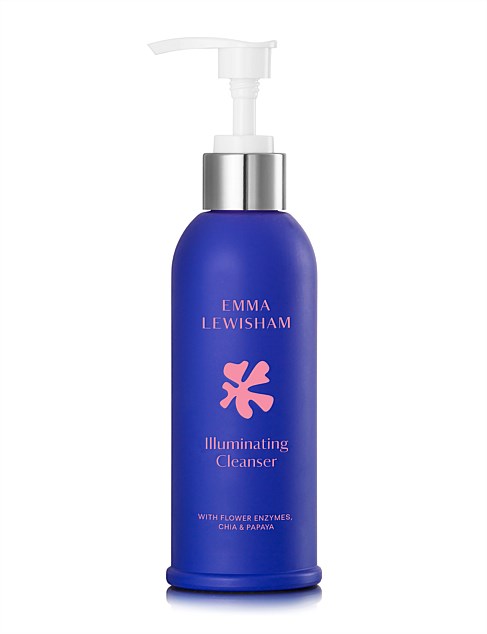
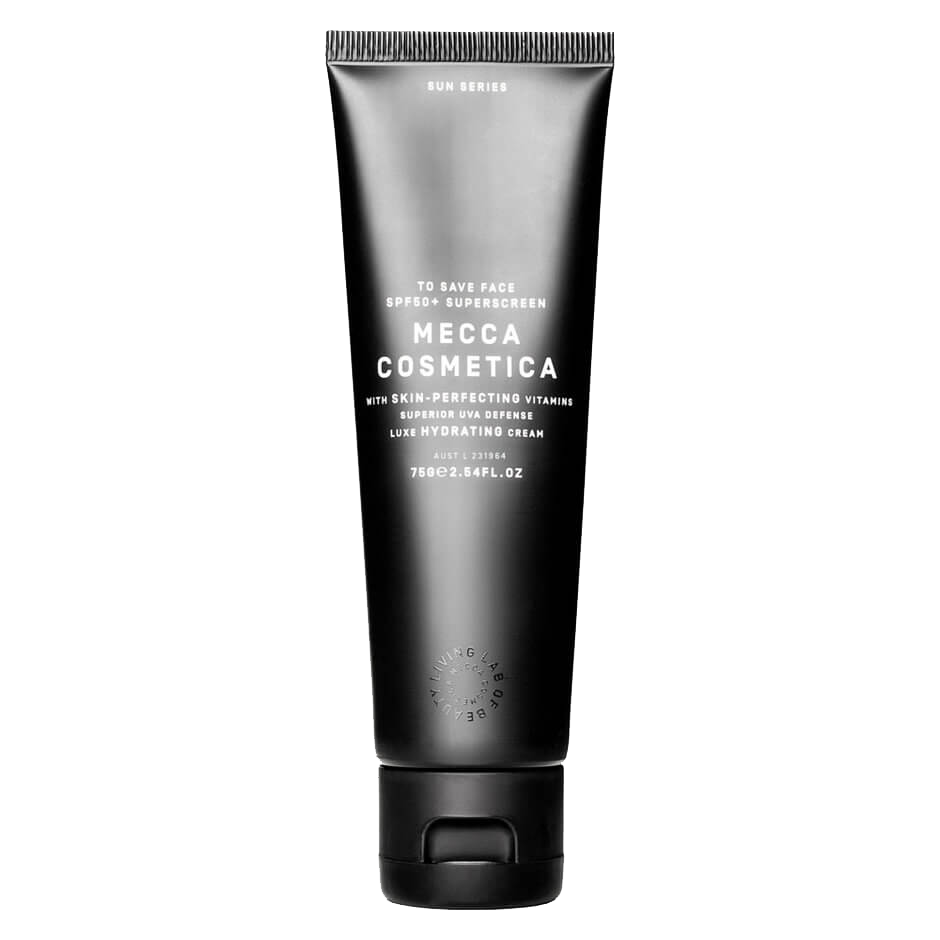
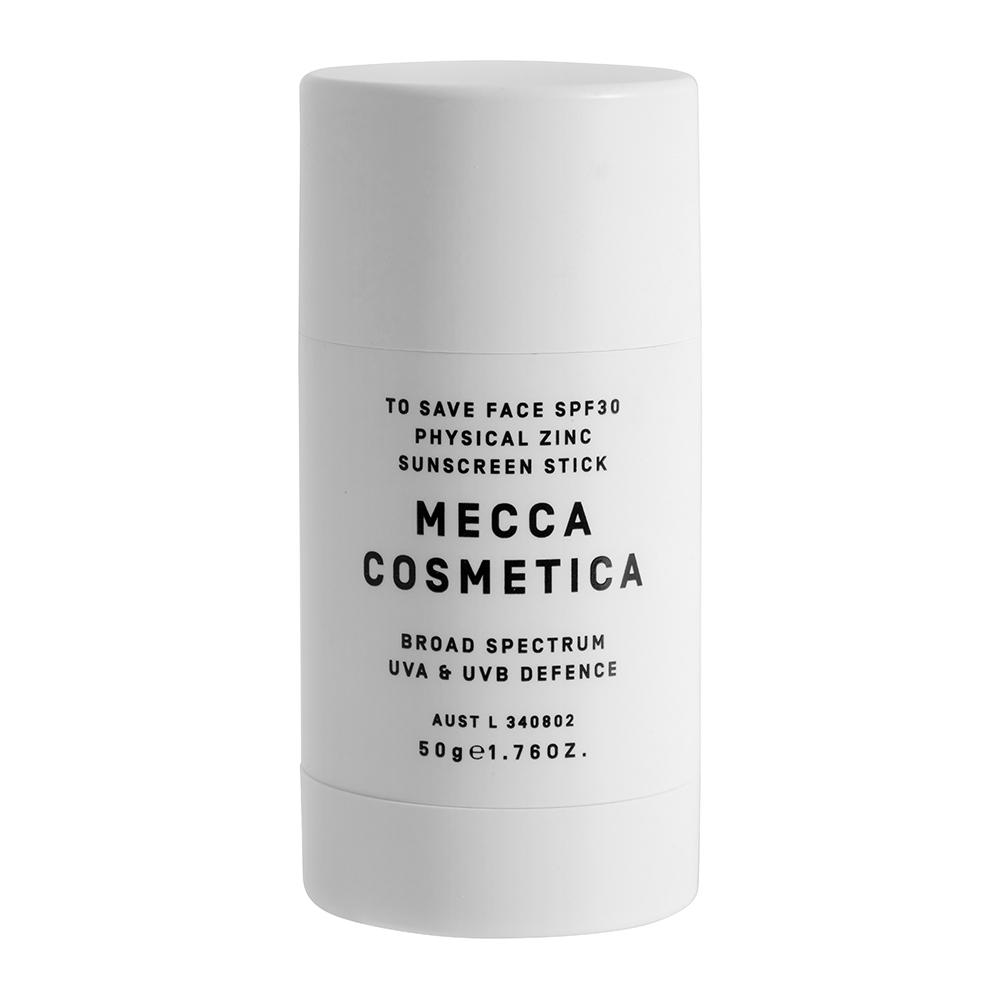
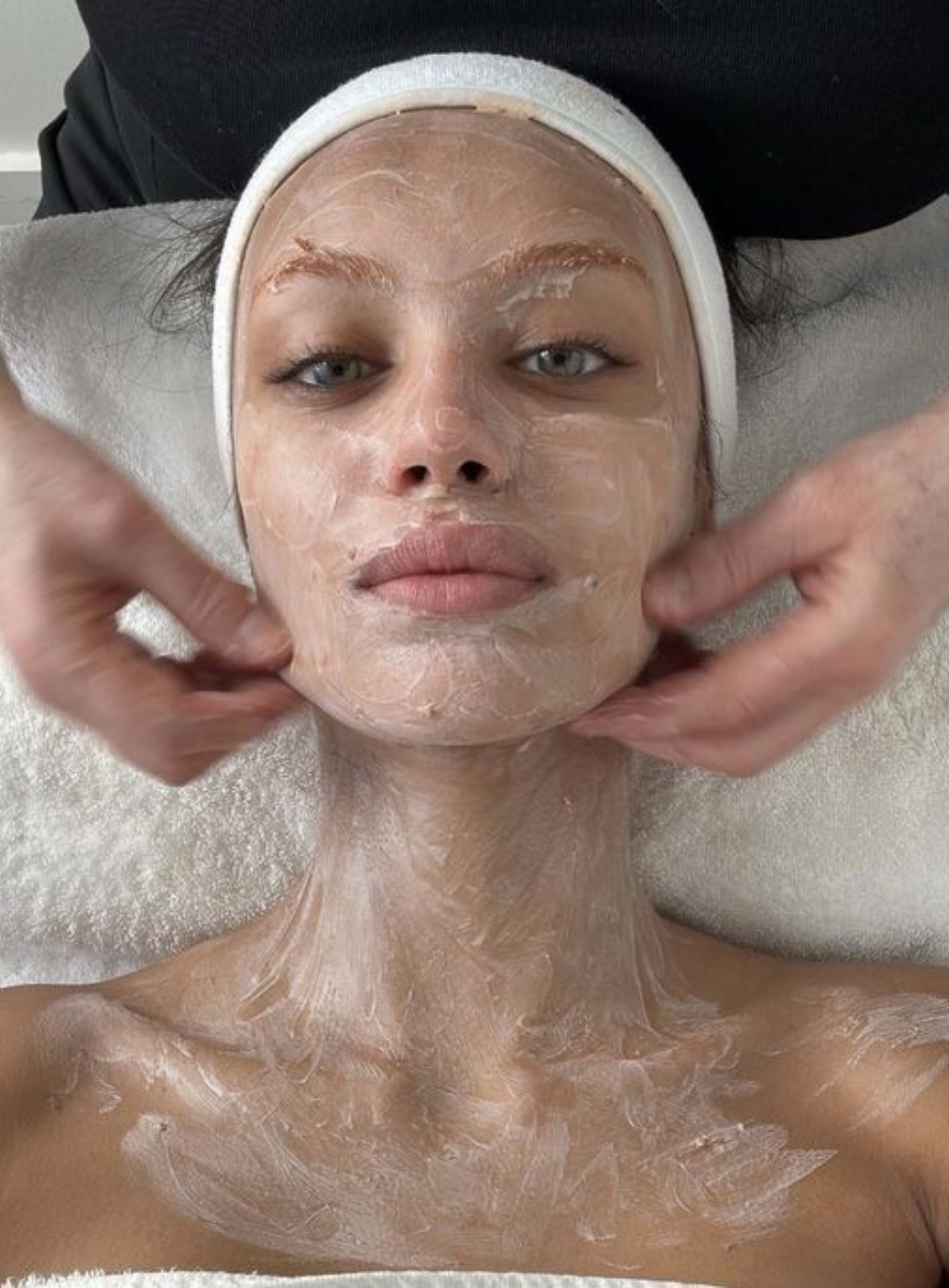

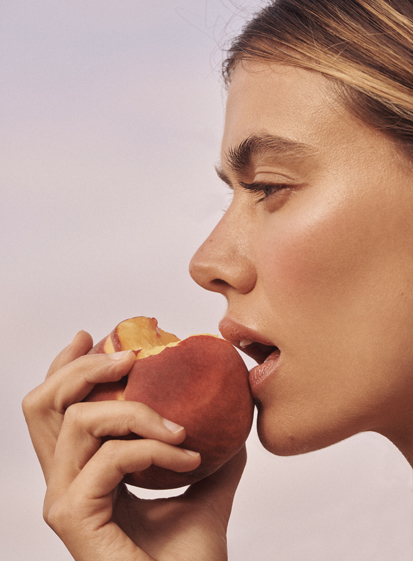
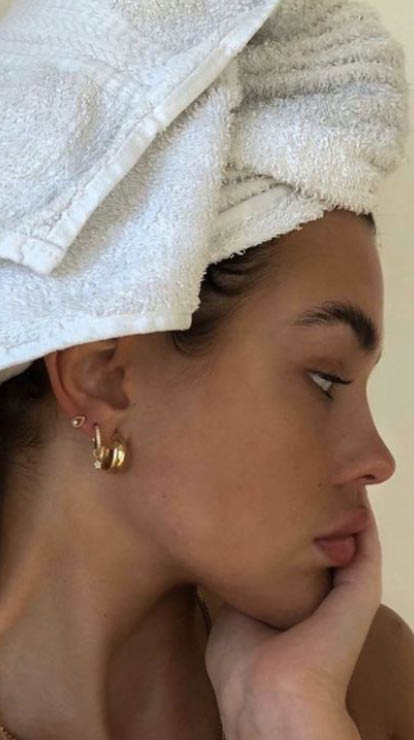
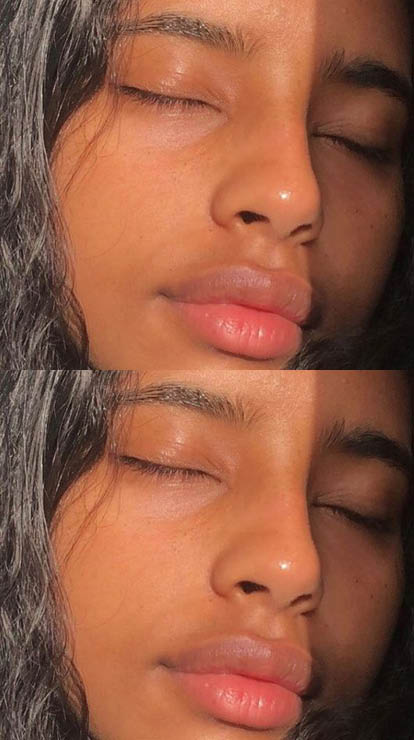



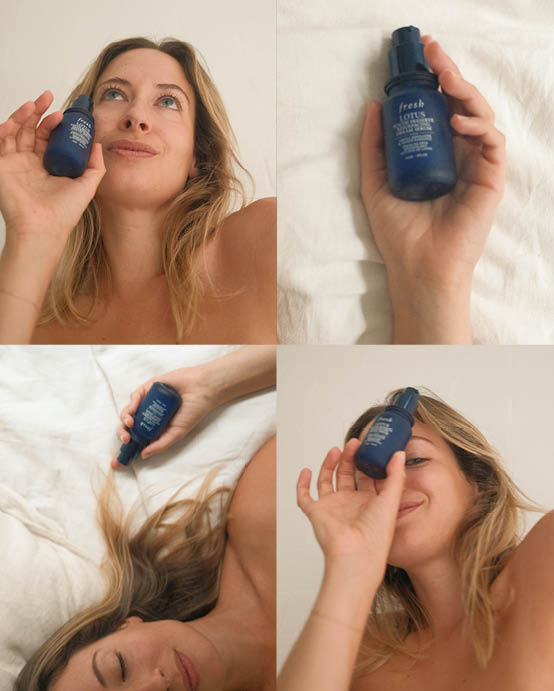
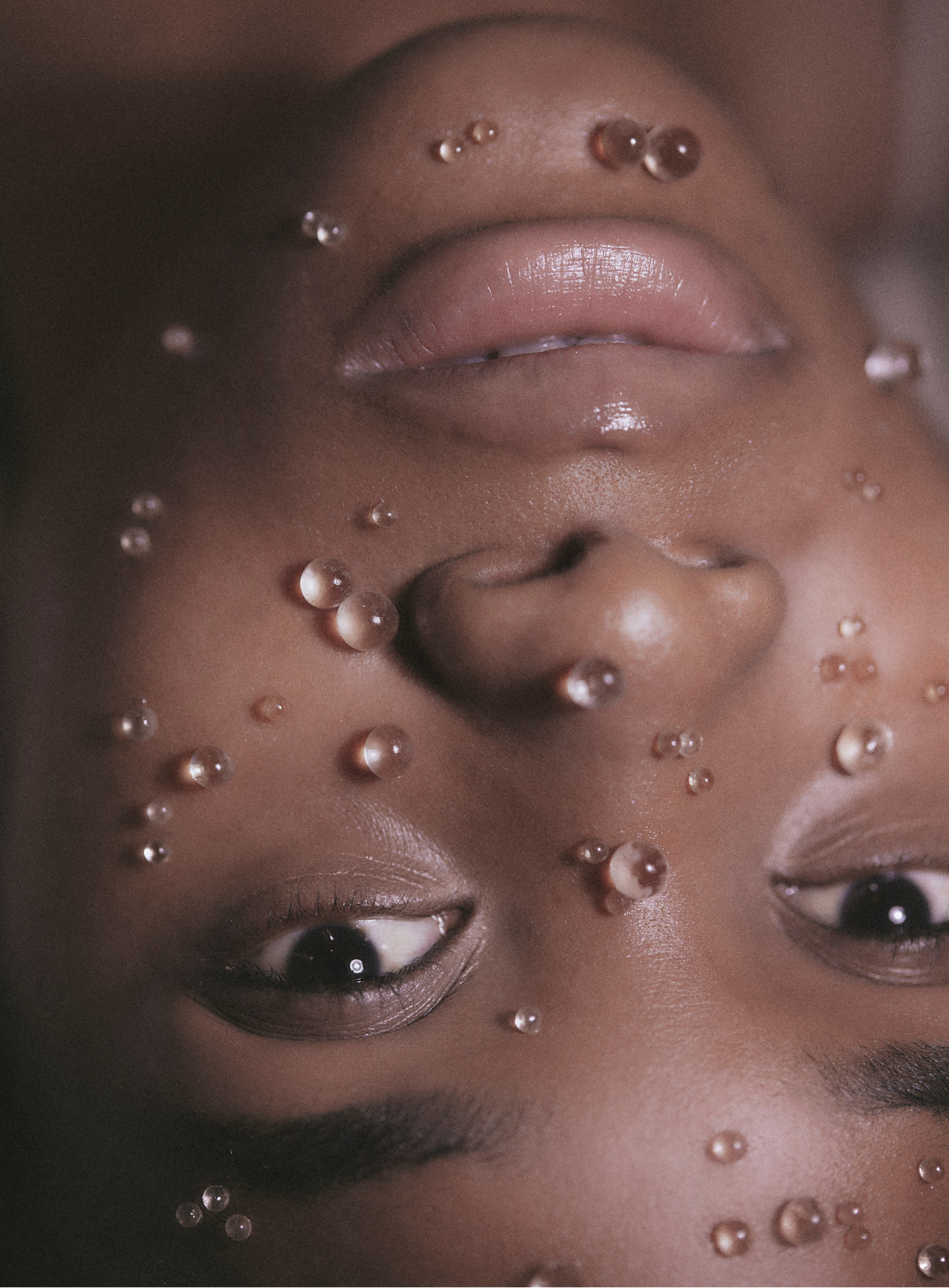
Comments